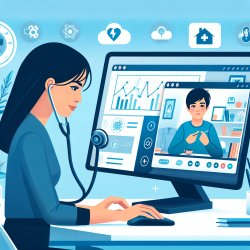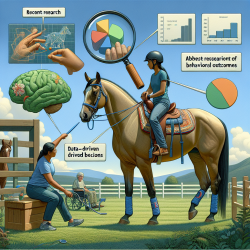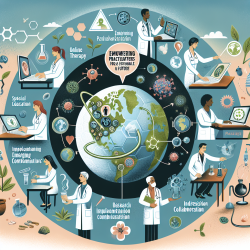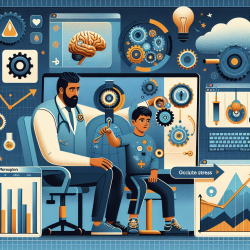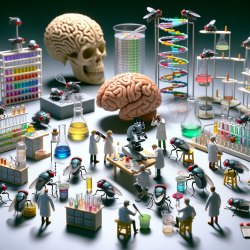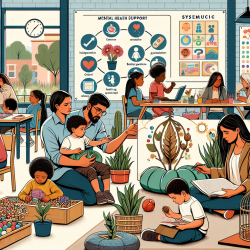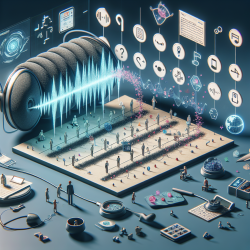In the quest to improve outcomes for children with autism, the integration of telehealth technologies presents a transformative opportunity. A recent study, "A Novel System for Supporting Autism Diagnosis Using Home Videos: Iterative Development and Evaluation of System Design," provides compelling evidence on the effectiveness of using home videos for autism diagnosis. As practitioners, understanding and implementing these findings can enhance our diagnostic capabilities and foster better outcomes for children.
The Power of Home Videos in Autism Diagnosis
The study introduces the NODA (Naturalistic Observation Diagnostic Assessment) system, which consists of two main components: NODA smartCapture and NODA Connect. NODA smartCapture is a mobile application that allows parents to record clinically valid videos of their child's behavior at home. NODA Connect is a web portal where diagnosticians can review these videos and conduct a diagnostic assessment based on the DSM criteria.
Key Findings from the Study
- Parents can easily use the NODA smartCapture app to record videos, with an average ease-of-use rating of 4 out of 5.
- 96% of the recorded videos were deemed clinically useful for performing an autism diagnosis.
- Diagnosticians reached a diagnostic outcome that matched the child's previous diagnostic status in 91% of assessments.
Implementing the NODA System in Practice
For practitioners looking to adopt this innovative approach, here are some actionable steps:
- Leverage Technology: Utilize the NODA smartCapture app to guide parents in recording relevant behavioral evidence. Ensure parents understand the importance of capturing naturalistic behaviors in various scenarios.
- Engage with Families: Provide clear instructions and support to families during the video recording process. Use the notification feature in NODA Connect to guide parents if additional recordings are needed.
- Enhance Diagnostic Accuracy: Use the tagging and DSM checklist features in NODA Connect to systematically review and assess the recorded videos. This structured approach ensures that all relevant behaviors are considered in the diagnosis.
Encouraging Further Research
While the study shows promising results, it also highlights the need for further research to validate the diagnostic outcomes through larger clinical trials. Practitioners are encouraged to contribute to this growing body of knowledge by participating in research studies and sharing their experiences with telehealth technologies.
Conclusion
The integration of telehealth technologies like the NODA system offers a powerful tool for autism diagnosis. By leveraging home videos, practitioners can gain a comprehensive understanding of a child's behavior in their natural environment, leading to more accurate and timely diagnoses. As we continue to explore and validate these technologies, we move closer to our goal of creating better outcomes for children with autism.
To read the original research paper, please follow this link: A Novel System for Supporting Autism Diagnosis Using Home Videos: Iterative Development and Evaluation of System Design.
